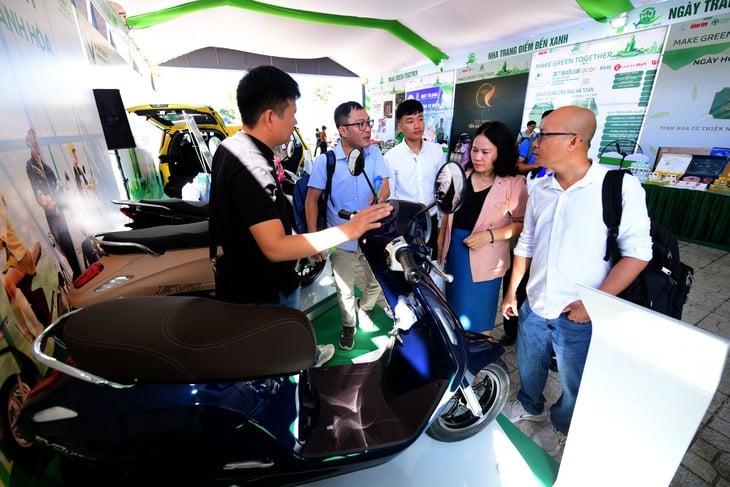
People learn about electric motorbikes at Green Experience Day ( Khanh Hoa province) - Photo: QUANG DINH
Although there are many challenges in achieving the set goals, especially when Vietnam's growth still relies mainly on old resources, experts and National Assembly delegates all affirmed that the double-digit growth target from 2026 is completely achievable if the new growth model is well implemented.
* National Assembly Delegate HOANG VAN CUONG ( Hanoi ):
Building a self-reliant economy, promoting growth

We set a target of becoming a developing country with modern industry and high average income by 2030; and a developed country with high income by 2045. However, to achieve this goal, we must first overcome the middle-income trap.
Experience shows that many developed countries in Asia have had periods of breakthrough growth, acceleration and often the economic growth rate reached approximately double digits, or double digits or over double digits in a stable period of time. Thus, to achieve the goal of being a high-income, developed country, there must be a period of accelerated growth.
Here we need to see the risk of us falling into the middle income trap is very high. Vietnam is at the top of the world in many export products such as garments, electronics... But labor productivity is low. This shows that our growth model for many years has been a growth model based mainly on processing and assembly.
In particular, strategic export products such as electronics and garments are mainly processed and assembled. This leads to the consequence that although a lot is exported, the part left for the domestic market is very little, the profits are mainly transferred to the parent countries of FDI enterprises. Thus, we grow by 1, the parent countries of FDI enterprises grow by 2-3, even 5. This model is called household growth.
Therefore, we must find another way and define a new growth model. The Central Government has clearly established a new growth model based on science and technology, digital transformation and innovation. Accordingly, we must rely on products, supply chains and take a dominant position in that value chain. From there, we bring high value, not at the lowest stage.
To master the fastest, we need to rely on new industries, Industry 4.0 has raised such as artificial intelligence (AI), digital issues, smart development, automatic control... Besides, we need to create an autonomous economy. Accordingly, instead of deeply integrating, attracting FDI and then standing behind and serving, we now need to raise our position to be on par with them.
For 2025, economic growth is expected to reach over 8% but mainly based on efforts and exploiting traditional driving forces such as increasing public investment, increasing domestic consumption, and promoting outsourcing production. Therefore, to achieve the target of double-digit growth from 2026, there must be a new growth model as proposed by the Central Government, which is based on science and technology, digital transformation and innovation.
* Dr. LE QUOC PHUONG (former Deputy Director of the Center for Industry and Trade, Ministry of Industry and Trade):
Must rely on science and technology, innovation and creativity
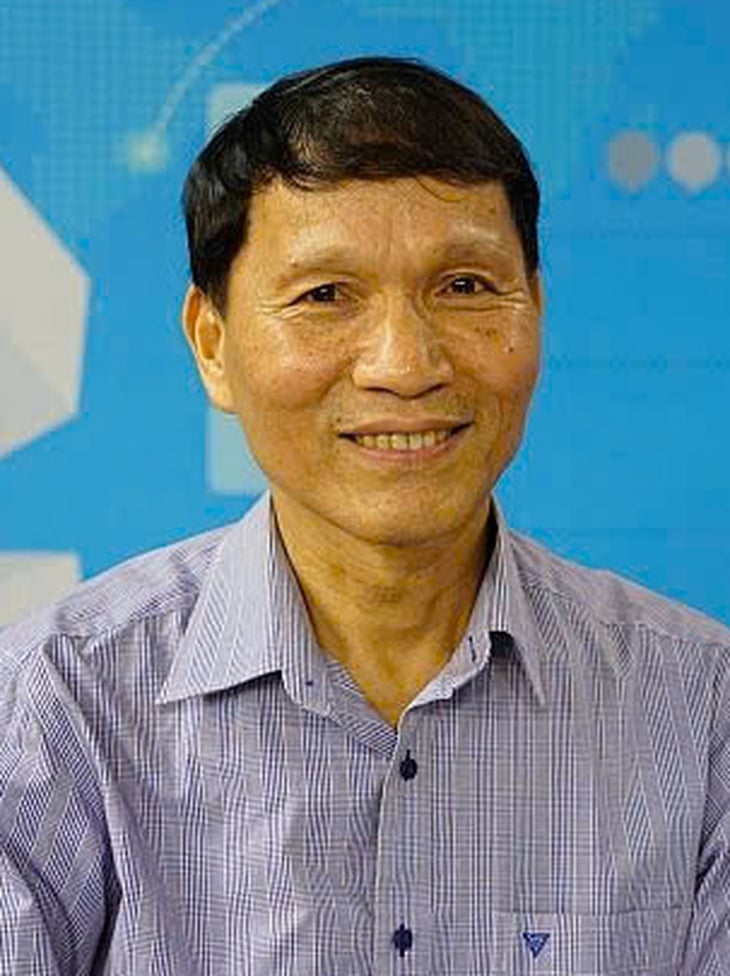
We aim for double-digit growth and in the next 20 years will become a developed country with modern industry, with per capita income reaching 15,000 USD compared to the current 4,500 USD.
Looking back at our development period since Doi Moi until now, there has only been one year that achieved the highest level of 9.5% in 1996.
That strong growth was due to Doi Moi, but directly due to record FDI inflows that year, better consumption than before, and still no exports. So can we achieve 10% growth, when this is not a simple problem and what is the main driving force for growth?
We can look at traditional drivers such as exports that have increased very strongly in recent times. However, in the context of the world being unstable both geopolitically and economically, the US has imposed reciprocal taxes on all countries, raising the question of whether exports and foreign investment attraction can continue to increase, but will they increase strongly? Public investment is also very sluggish, while private investment has a general downward trend, mainly due to increased capital and increased shares from old projects, while consumption is also slowing down.
In terms of production, to grow, we need to create new driving forces. We are focusing on industries such as digital transformation, green transformation, and circular economy, but they are still very new, require large costs, and are just beginning to emerge. Our growth model still relies on the old growth model, that is, relying on capital, labor, and resources.
Typically, to increase by 8% and the target for next year is 10%, we are loosening monetary and fiscal policies, creating capital to stimulate the market. However, this can lead to inflation. For example, the Government's request to remove the credit room, which has been maintained for 15 years, can also create the risk of bad debt.
Therefore, the reality requires us to move to a new model, with higher labor productivity, quality, and a focus on science and technology as the core foundation. Only then can we create momentum for the economy to grow sustainably and more effectively implement the orientation of increasing productivity based on science and technology, innovation and productivity.
* National Assembly Delegate NGUYEN QUANG HUAN (HCMC):
Many sustainable factors have not yet been fully exploited.
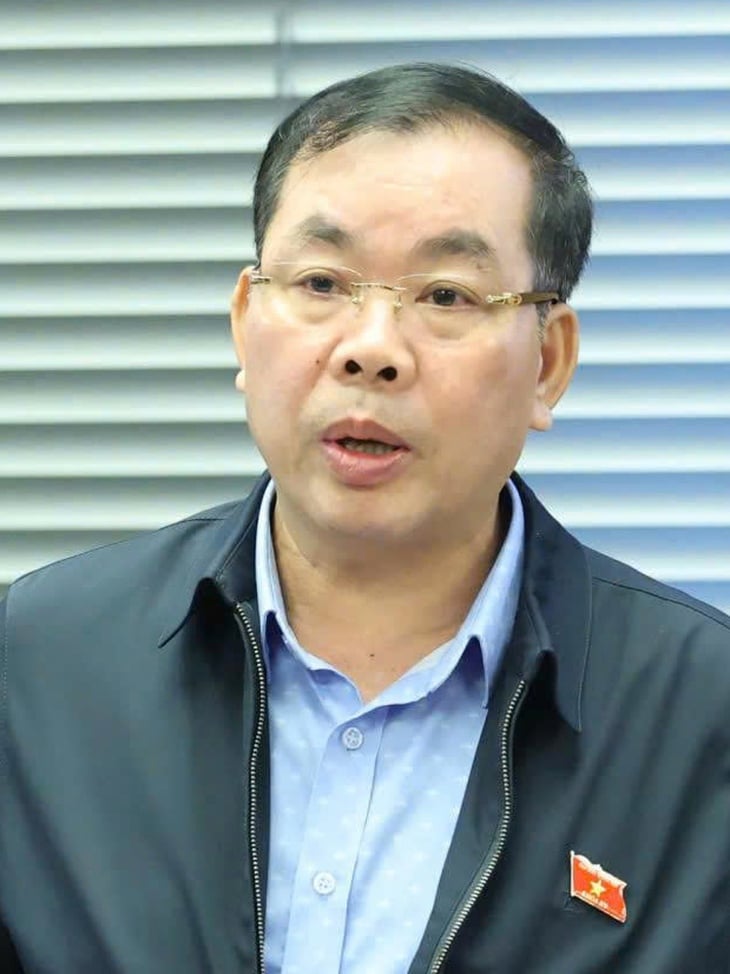
The Government's target of double-digit growth from 2026 is completely achievable, because we still have a lot of room for growth. In 2025, the growth rate is expected to reach over 8% and will mainly rely on traditional resources such as exports, real estate, FDI...
However, many more sustainable factors have not been fully exploited, such as science, technology, digital transformation, private economic development, etc. However, the Government's new thinking has also been clearly demonstrated through the shift from "passive environmental protection" to "active environmental economy", as shown in Decision 1894 on the development of Vietnam's environmental industry in the period 2025 - 2030.
This is a remarkable breakthrough that needs to be specified in socio-economic reports and development plans for the coming period. 2026 can be considered a pivotal year of transition, when Vietnam continues to exploit traditional resources and must begin to institutionalize the foundations for green economic and circular economic development. To do that, it is necessary to first clearly establish concepts, criteria, and assessment tools.
The Central Government's decision to establish a new growth model based on digital transformation, science, technology and innovation is completely correct. However, for the new growth model to be put into practice, it is necessary to specify implementation tools, in which behavioral economics is an indispensable element. If it only relies on the State's rationality and political determination without the participation, consensus and movement of the entire population, it will be difficult to succeed.
Source: https://tuoitre.vn/phai-thuc-day-phat-trien-kinh-te-tu-nhan-20251107095656853.htm




![[Photo] Da Nang: Hundreds of people join hands to clean up a vital tourist route after storm No. 13](https://vphoto.vietnam.vn/thumb/1200x675/vietnam/resource/IMAGE/2025/11/07/1762491638903_image-3-1353-jpg.webp)





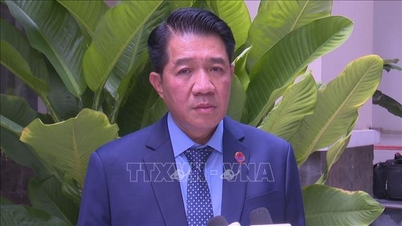





























































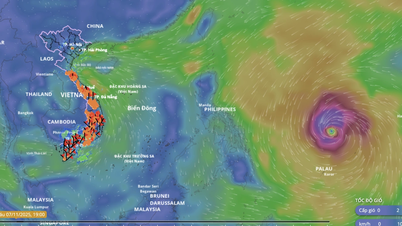










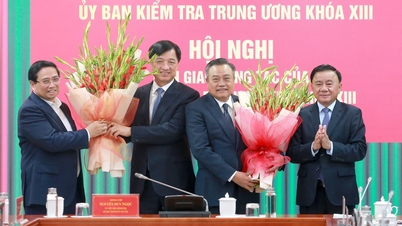



























Comment (0)